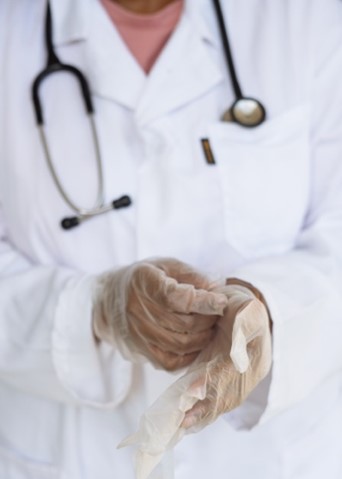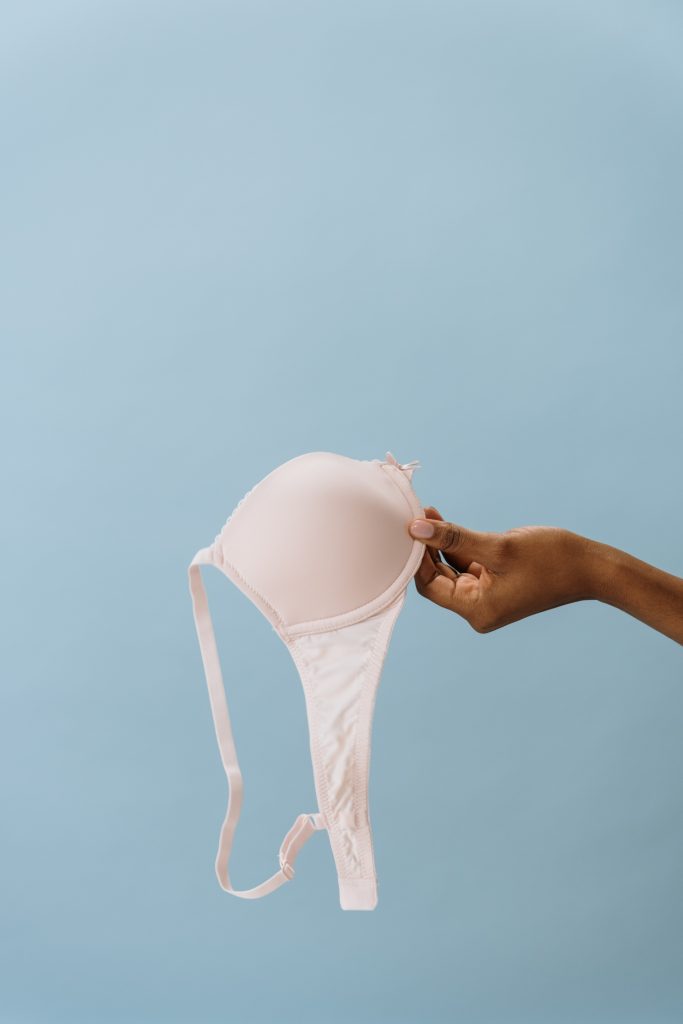Sian shares her story about her daughter’s type 1 diagnosis…
The most shocking thing about Drew getting type 1 diabetes was how quickly it happened. She went from happy and healthy to ending up seriously unwell in intensive care within a matter of days. I still feel incredibly guilty and wish I’d picked up on the signs earlier, but sadly this is often the case with a type 1 diagnosis – most people are diagnosed when they show up in A&E in DKA (diabetic ketoacidosis). DKA happens when blood sugar levels become too high and acidic substances called ketones build up to dangerous levels in the body.
The signs were there, of course, but we’d confused many of them with regular teenage issues or common complaints, like a headache. When I noticed she’d started to lose a little weight, I put it down to a growth spurt. She’s always been naturally slim, so I didn’t worry too much. She also seemed more tired than usual, but I (wrongly) assumed this was due to being back at school after months of lockdown. Then she started drinking anything she could lay her hands on… in two days, she drank so much milk and juice, I was forever finding empty cartons, glasses, and bottles all over the house. On the day she was diagnosed, she bent down to give me a hug and I could feel the bones of her spine through her t-shirt. I couldn’t understand how she’d dropped so much weight in under a week. She also seemed to be a bit confused and was stumbling over her words a little, almost as if she was drunk. I was shocked and scared, and I knew something was seriously wrong.
When I googled her symptoms, type 1 diabetes came up straight away. The more I read, the more I realised she had almost every single symptom. I felt like such an idiot for not having realised sooner, and I was terrified for her. I called NHS 24 immediately and was almost relieved, in a strange way, to have my fears confirmed and to be told to take her straight to A&E to be checked over.
Her diagnosis was quick. They took a finger prick on arrival, and she was given the result within ten minutes. Although she and I both had a 99% suspicion that it was type 1 diabetes, it was still so upsetting to hear those words. My heart broke for her when the doctor came in to deliver the diagnosis. He hunched down to her level, looking her in the eyes, and so I instantly knew, even before he even opened his mouth, that it wasn’t good news.
Before we knew it, Drew was whisked away to a bay where they inserted an IV to rehydrate her. As with most DKA patients, she was very dehydrated, hence her unquenchable thirst. Within the hour, we’d been admitted to the children’s intensive care unit, where they monitored her closely, taking endless bloods and inserting various drips and needles. She’s terrified of needles, and she screamed every time. She was so dehydrated, they struggled to take blood. She was nil by mouth and cried with a raging thirst, only allowed the occasional ice cube or wet sponge to suck on.
Once they’d rehydrated her, they began an insulin drip. She began to look more like her usual self and started to feel much better. We met her new diabetes team who were very gentle and supportive, especially around her fear of needles. They showed her the injection pens she’d need to use on leaving the hospital, and where on her body she could inject. It was a lot to take in and my heart broke for her when she asked them, “When will my diabetes go away?”. We had to gently explain that she’d have type 1 diabetes for the rest of her life, and that, sadly, there is no cure. That was the worst moment of my life. I saw the realisation break over her little face and my heart broke for her.
I was in the hospital with Drew for three days and two nights, grabbing an hour’s sleep here and there whenever I could, sleeping on a bunk by her side. My husband stayed at home with our other two children, popping in to visit Drew as often as possible. Drew’s sisters were naturally very worried about her, and they video-called her often, telling silly jokes, and talking about funny stuff to try and cheer her up. We were both exhausted and keen to get home as soon as possible, especially as her 13th birthday was looming. The nurses and doctors were amazing and pulled every string they could to get us home on the day of her birthday. They even surprised her that morning with a gift of a watermelon-shaped beauty case filled with soaps and body wash – a very considerate, sweet gift as she’d been craving something juicy and fruity to eat, like a watermelon, when she was nil by mouth and feeling at her absolute worst. Honestly, our NHS staff are so bloody amazing. I cannot thank them enough for everything they did for Drew.
I don’t think the reality of type 1 diagnosis hit home until we literally hit home. Suddenly, we were on our own with no lovely nurses or doctors around to inject Drew’s insulin for her. We had her amazing diabetes team at the end of a phone whenever we needed them, and their advice was invaluable, but the physical act of injecting was down to us. Drew had tried to inject herself in the hospital but couldn’t bring herself to do it, so I had done it for her. I’ve never been more terrified, but I couldn’t show her that. I’d had to swallow my own fears, smile brightly to reassure her, and then inject my own child. Hurt my own little girl. I don’t think I’ll ever forget that awful moment.
Maybe she felt less pressure because she was in her own home, but somehow Drew found an inner strength to just go for it and she did her very first injection, all by herself. We were all so, so proud of her. It took many days, even weeks, for her to get ‘used’ to injecting herself, and there were many tears and painful moments along the way, but she handled it brilliantly. I should say, I don’t really think anyone ever gets ‘used’ to injecting insulin, but they do seem to find an acceptance of some kind, or at least become more comfortable with the process.
Because Drew was newly diagnosed, she was in what they call the ‘honeymoon period’. Her pancreas could still be creating insulin at times – or none at other times. The first few months were spent adjusting doses to try and bring her blood levels into a safe range. There were lots of hypos along the way, and this made it very difficult for her. She often couldn’t work out why she was having a hypo, especially if she was certain she’d injected the correct dose, and this was a great source of frustration for her. Sadly, this will always be a thorn in her side. Having diabetes, means her blood levels are sometimes out of range despite everyone’s best efforts, and it takes time to get them back in range. It’s yet another reason to hate diabetes, and there are days when Drew wants to scream at the world and the unfairness of it all, and who could blame her?
Read more about dealing with T1 diabetes on a daily basis here. You can also read Drew’s own story of coping with type 1diabetes here.








